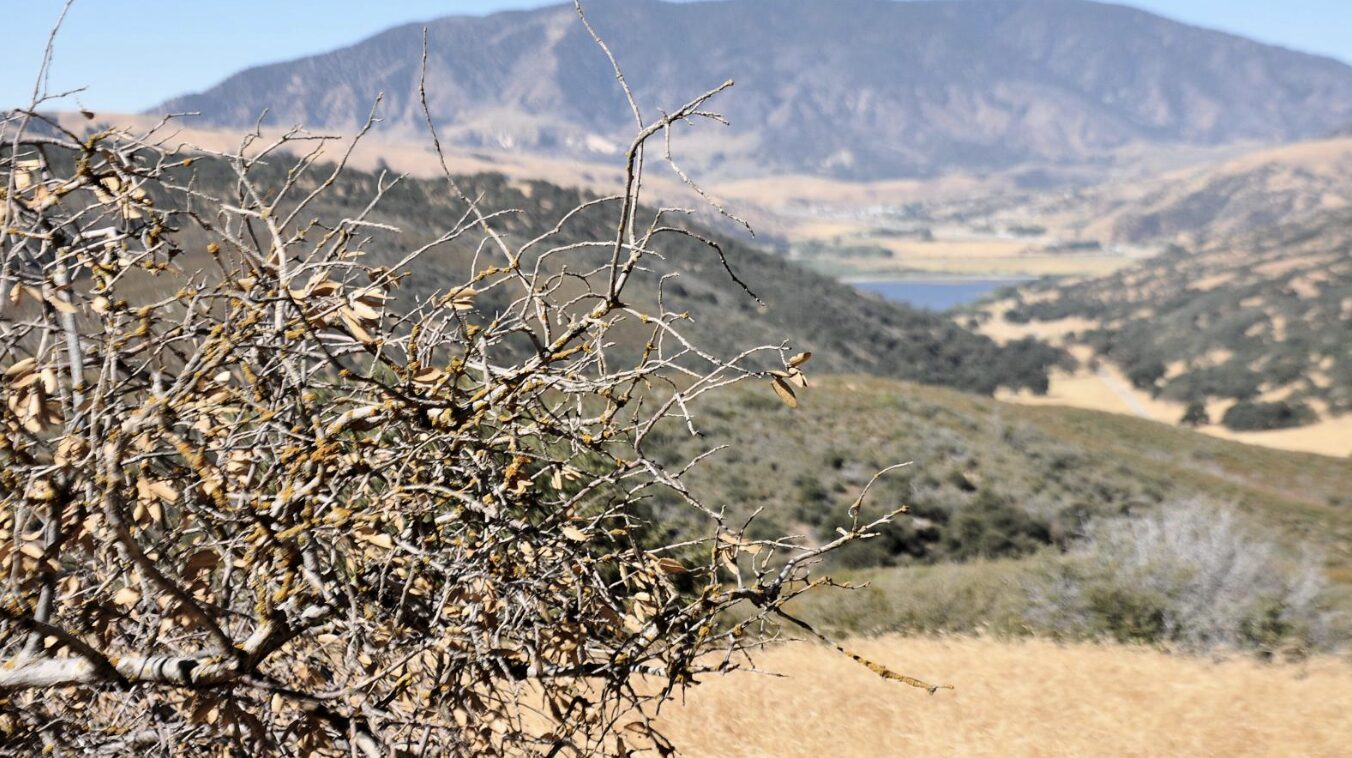Tejon Ranch supports a multitude of irreplaceable biological resources, and the melding of these resources in one large, intact landscape makes the Ranch a regionally significant conservation target. This report evaluates the distribution of conservation values on Tejon Ranch, as an incremental step towards developing a regional reserve design.
We used publicly available data and science-based conservation principles to describe and map selected conservation values for Tejon Ranch. Our assessment demonstrates that, although different areas of the Ranch support different sets of conservation values, virtually all areas of the Ranch support one or more sets of values. To spatially describe the distribution of these values on Tejon Ranch, we identified four landscape units that differentially support the conservation values considered in our analysis:
- Lowland grasslands and oak savannas of the San Joaquin Valley (108,244 acres)
- Closed-canopy oak woodland, montane hardwood, and montane hardwood-conifer communities on the northwest slope of the Tehachapi Mountains (81,836 acres)
- Oak woodland, chaparral, and pinyon-juniper communities on the southeast slope of the Tehachapi Mountains (26,518 acres)
- Lowland Joshua tree woodland, grassland, and desert scrub communities of the Mojave Desert (53,613 acres)
Reserve designs for Tejon Ranch must, at a minimum, capture these values while ensuring the maintenance and management of ecological processes within and between landscape units. Similarly, conservation planning must ensure integration and connection of these landscape units with others in the region, along with a regional plan for long-term management and biological monitoring. Without careful and comprehensive consideration, land use plans for Tejon Ranch could irretrievably alter the biological functions and values of this keystone landscape.



